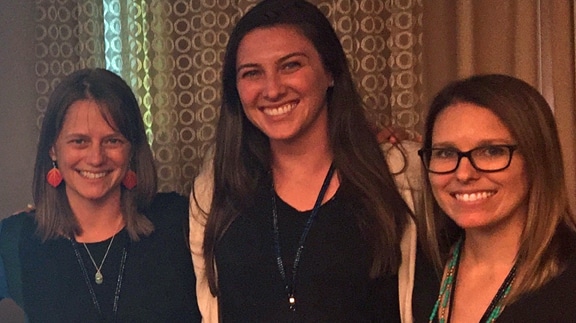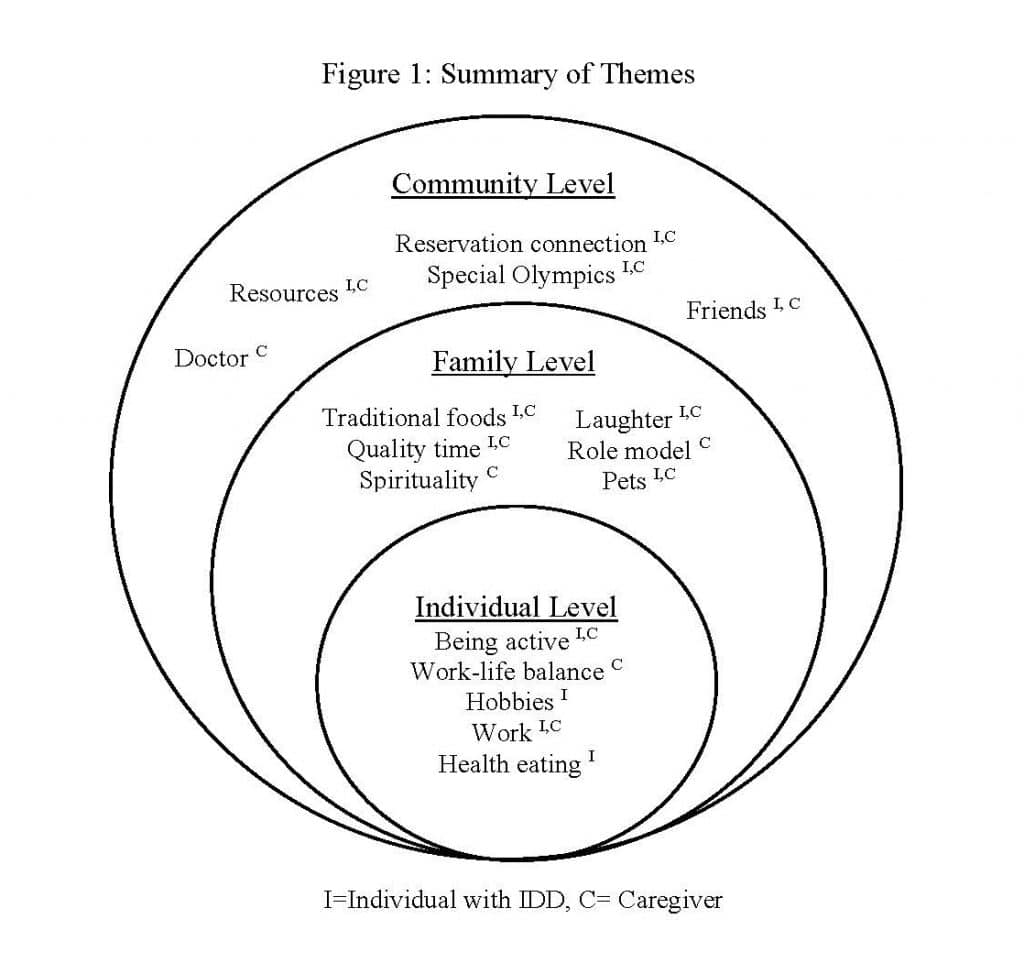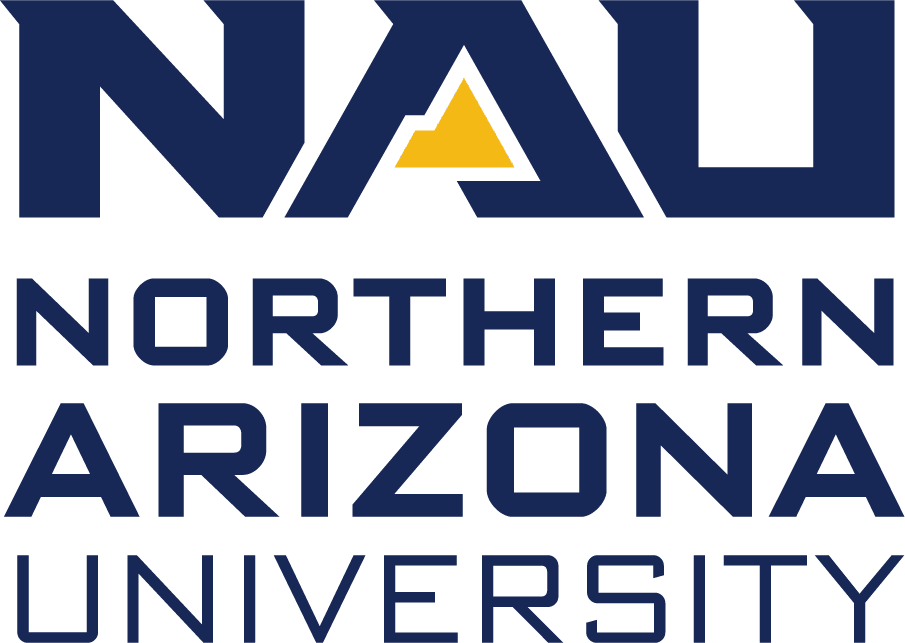Oct, 3, 2019
When NAU researcher Heather Williamson wanted to explore how Native American adults with intellectual or developmental disabilities and their family caregivers experience health and wellness, she thought it was best to let them show her by taking their own photos.
“Having a photo to look at helped create conversation,” Williamson said. “If I asked a question, they may not have come up with as many ideas as when they had a photo to prompt them and they could talk about it on their own time and in the own terms.”
Guided by a Community Advisory Board (CAB) and the university’s tribal liaison, the community-engaged research project through the Center for Health Equity Research (CHER) worked with four Native American men with intellectual or developmental disabilities and their self-selected caregivers.
This methodology, referred to as Photovoice, was developed in 1992 by Caroline Wang and Mary Ann Burris. Participants tell their stories or share their perspectives by taking photographs that reflect research themes. The photographs are then interpreted in group discussions, and narratives are developed around themes to mobilize change.
The Photovoice project, titled “Exploring Health and Wellness Among Native American Adults With Intellectual and/or Developmental Disabilities and Their Family Caregivers,” took place in five steps over about two months and included a group orientation, taking photos, individual interviews, a photo project group meeting and a group meeting with the CAB to present photo projects and decide on future action. The study was published in the Journal of Applied Research in Intellectual Disabilities on Aug. 22.
Williamson, an assistant professor in CHER and the Department of Occupational Therapy at NAU, led the research team that included two NAU occupational therapy doctoral students, Alissa Brennan and Samantha Tress, who have since graduated. Darold Joseph, an assistant professor in the Department of Educational Specialties, and CHER director Julie Baldwin. Russ Randall, transition facilitator at Coconino High School, also was one of the community partners on the project.

The study explored various areas of health such as physical, social, mental and spiritual well-being for individuals with intellectual and developmental disabilities and their caregivers.
“This study provided an opportunity for these individuals to uniquely express their own definitions of health and how their community plays a large role,” Brennan said. “One of the best parts of this study was to observe how the participants talked about their work environments, extracurricular activities, family and friends as they explained their own definition of health.”
The participants described how the photographs represent memories and cultural connections that contribute to their definition of health and wellness, according to the study.
Williamson said that in one case, a mother participating in the study had a son with a disability and also a daughter who joined to support her sibling. The mother said she enjoyed seeing her children connect through the Photovoice project.
Tress said she thought the study was a good first step toward understanding the perceptions and attitudes of people who are Native American and have intellectual or developmental disabilities.
“I hope this research continues to perpetuate positive change toward access and involvement in activities that promote health and wellness not only in northern Arizona, but in other communities with marginalized populations,” Tress said.

The team discovered that to address health inequities and to better understand them, they must continue to explore health and wellness from the unique perspectives of Native American individuals with intellectual or developmental disabilities. Even after the project ended, members of the CAB, the research team and some of the participants have continued to collaborate on efforts to build capacity for competitive employment of Native American individuals with intellectual or developmental disabilities in the community.
Community partner Randall said the collaboration with NAU researchers has been a positive partnership and that they are branching out into other projects that benefit young adults with intellectual or developmental disabilities in the community.
“I would say the research project is ongoing and is more of a process,” Randall said. “It has been a good collaboration.”
The American Occupational Therapy Foundation and NAU’s Faculty Grant Program provided funding for this project. Read the full research study published in the Journal of Applied Research in Intellectual Disabilities.

Lisa Dahm
Center for Health Equity Research


